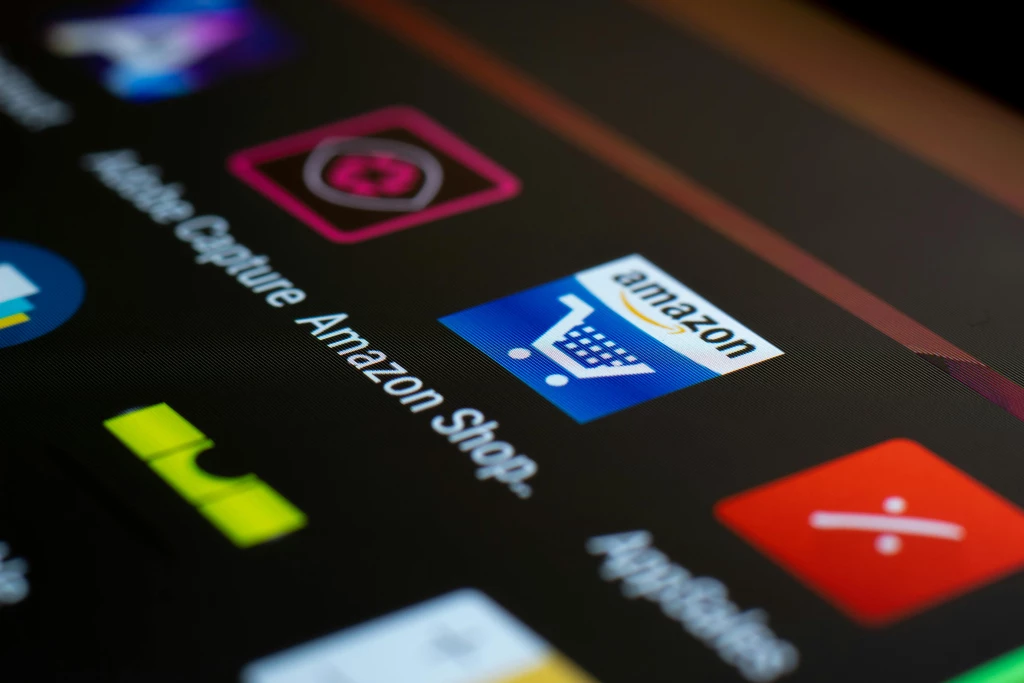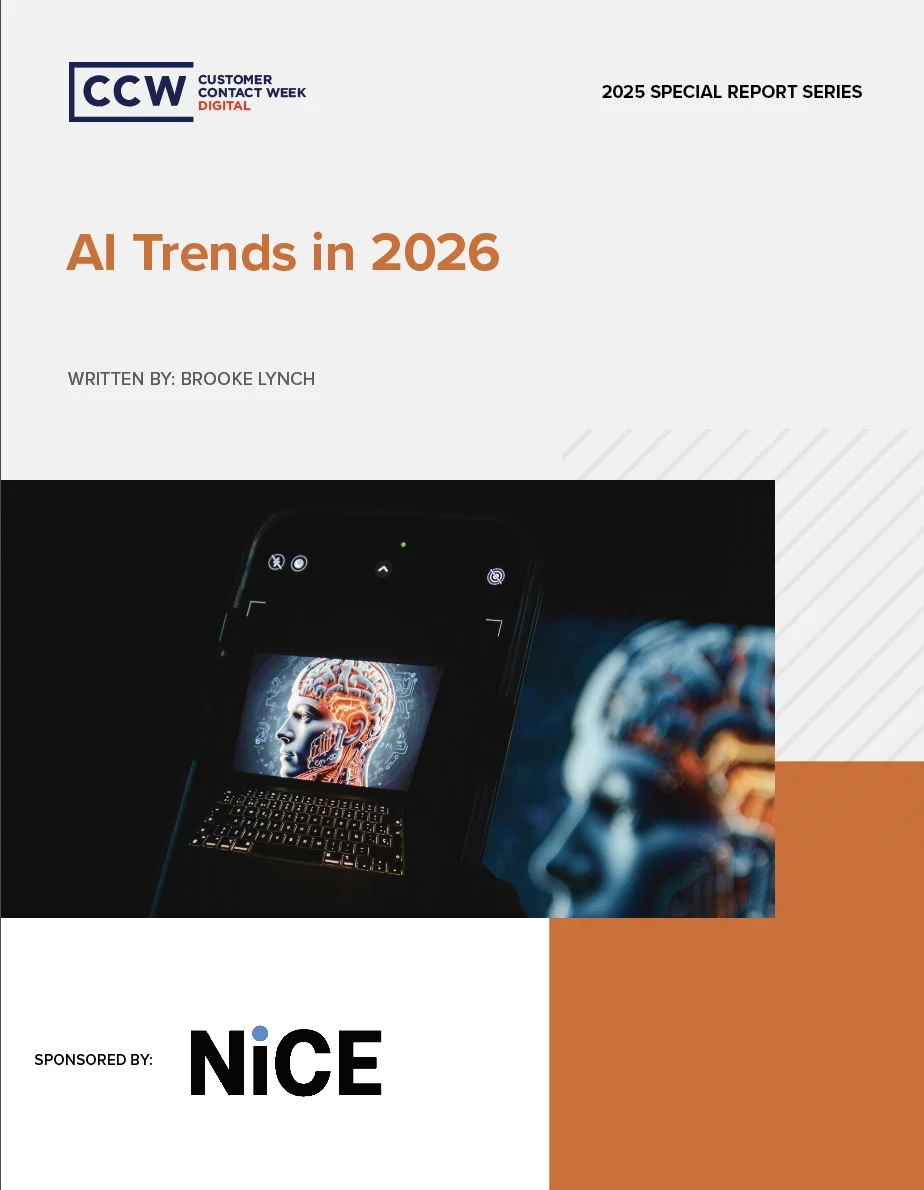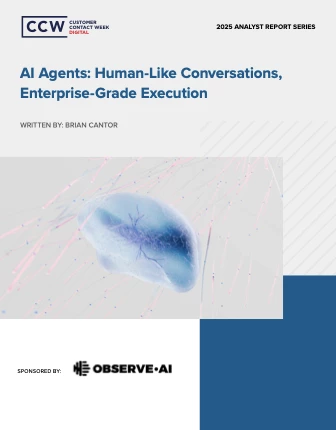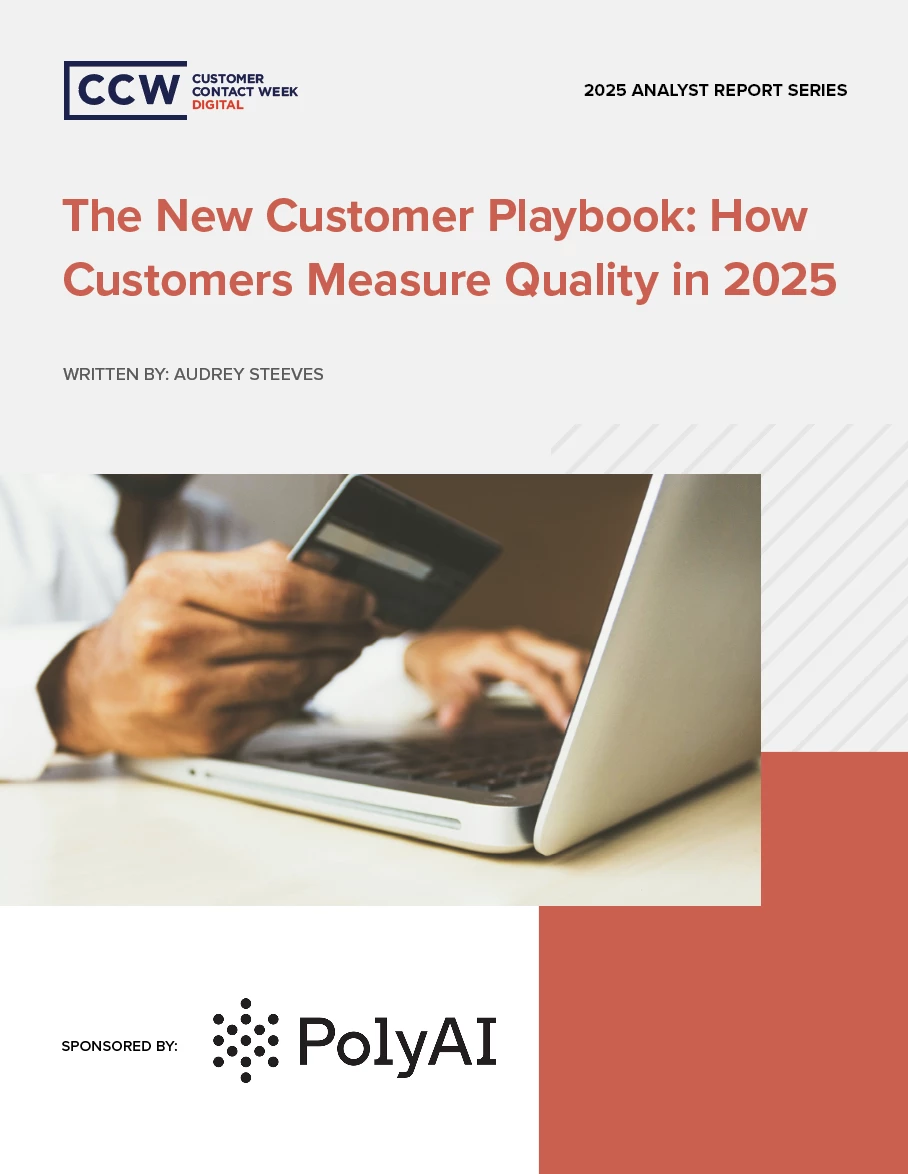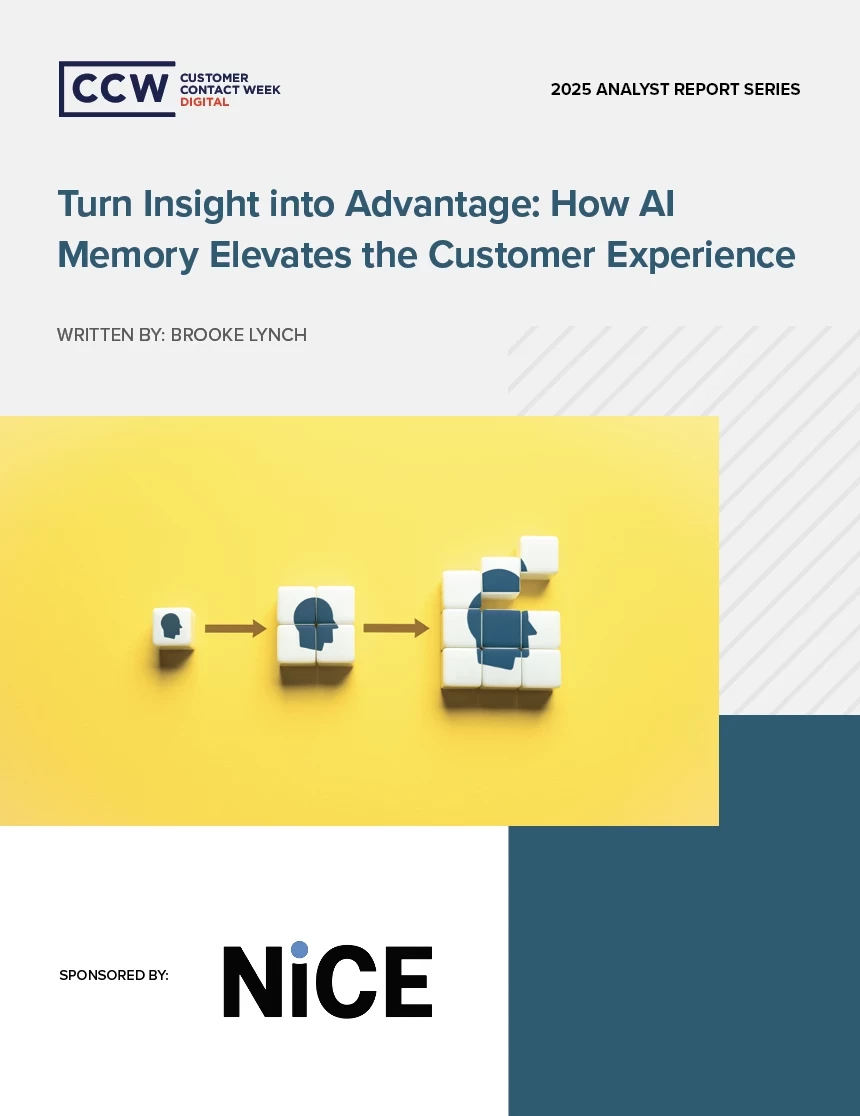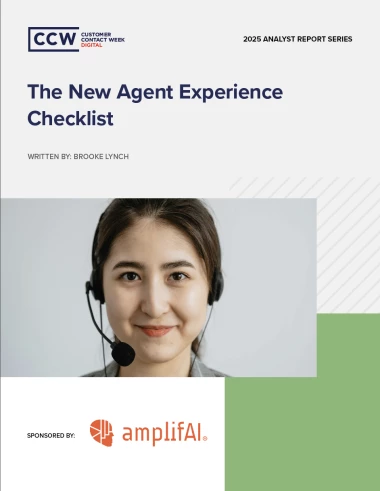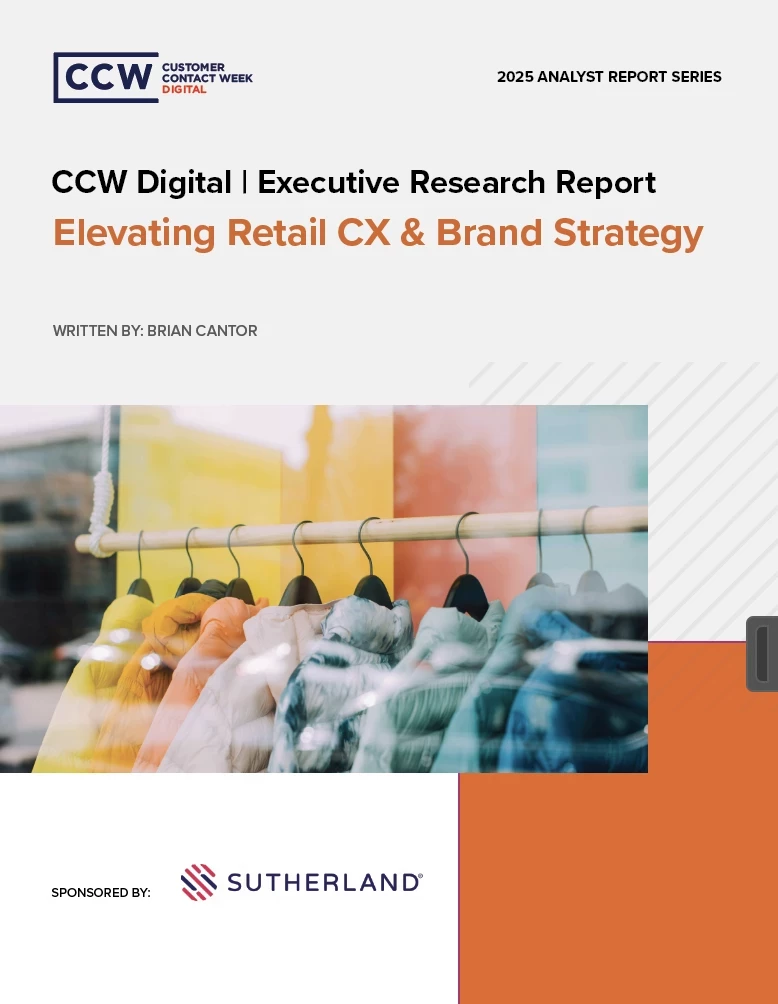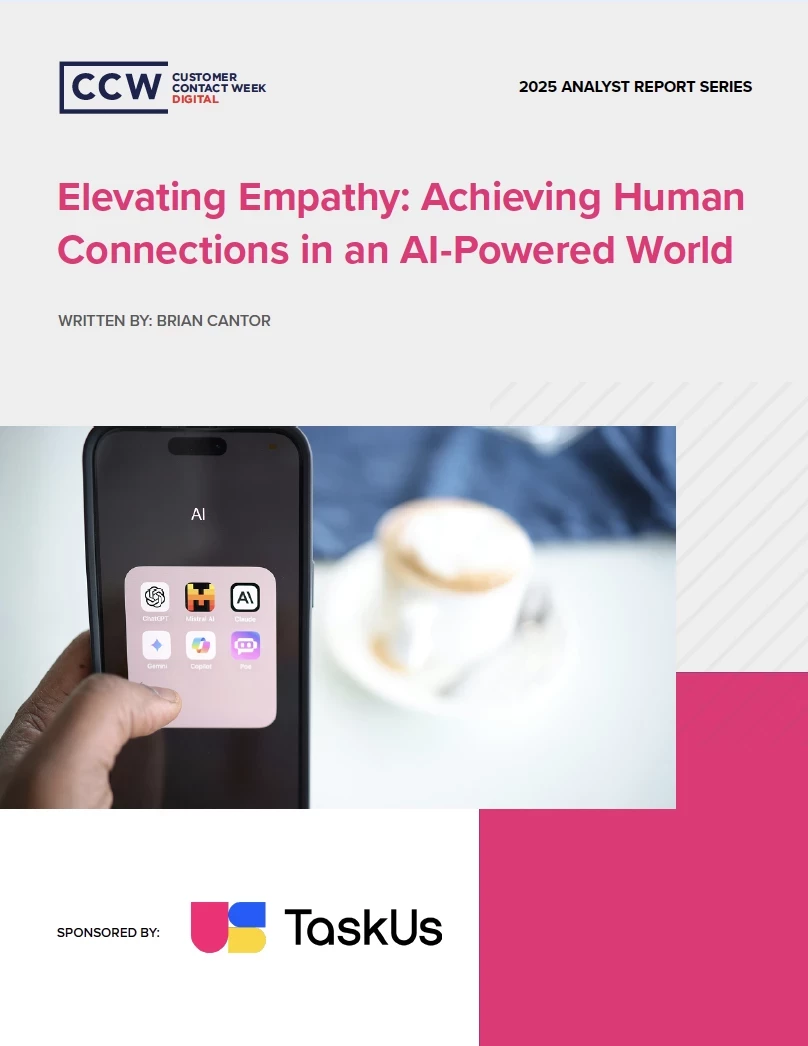How Nike Is Enhancing Future Customer Experience Through Brand Image
Featuring First-Hand Insights from Nike, Adidas, and Under Armour Executives
Add bookmark
The pandemic has reminded customer experience analysts of a few trends that have been forgotten in the past decade of digital marketing, brand image, product development, customer service, and the complete customer experience that encompasses each of these departments.
A few key takeaways before we dive in:
Speed of innovation trumps accuracy.
Marketing messages need to appeal to the social interests of customers.
Most importantly, personalization is the new foundation of customer experience and needs to encompass every initiative a brand launches, whether it’s targeting a single customer, or a wide array of customers, personalized brand image needs to be apparent, appealing to a specified consumer persona.
Personalization can reap a 300% or higher return on investment
The latter is a prime finding in not only nearly every CCW Digital report relating to customer experience and customer service, but Kibo's fourth annual survey regarding personalization within the retail experience, specifically.
The survey reveals that half of retailers adopting a personalization strategy can reap a 300% or higher return on investment and are often in the best position to pivot in making changes to meet customer needs, whether it’s during a socioeconomic pandemic, or after one.
When you’re the top dog in sports apparel, as well as the largest global footwear brand, it might be easy to keep doing what got you there.
In 2017, Nike recognized its dominant market share across these two industries and interestingly decided that this would be the perfect time to start drastically changing some of its marketing and customer experience practices. The apparel juggernaut introduced the Triple Double Strategy - promising to double its “cadence and impact of innovation,” double its “speed to market” and double its “direct connections with consumers.” The three components of Nike’s Triple Double Strategy sound nice on the surface, but one has been recently proving more profitable than the others.
Read More: How Nike Combines Customer Centricity With Brand Reputation To Stay On Top
Not every household-name brand has a cult following, but Nike, valued at over $32 billion, certainly does. And the pandemic isn’t slowing the brand down. Its die-hard fans, or “sneakerheads” are “passionate consumers who will wait outside at 5am for three hours to get a pair of $200 shoes,” Larry Rodgers, Nike’s Senior Director of Retail Concepts, told us at CCW Austin. The question is, why? More specifically, why do consumers gravitate towards Nike instead of Adidas or Under Armour? Is the texture of a t-shirt or sole of a shoe that much more appealing?
What really sets brands apart?
Of course, much of Nike’s retail model is underpinned by consumer research, which stems partly from the company’s voice of customer program (started two years ago), Rodgers explained.
“If you have a digital ecosystem and you have physical stores, how do those two things go together? But the real question is: how do consumers want to use those two channels in different ways?” Their “direct connections with consumers” of their Triple Double Strategy has proven imperative before and during the pandemic. More importantly, they’re using the campaign to lay the groundwork for after the pandemic, something we can all learn from. It’s not solely speed of service and omnichannel customer experience outlets that set Nike apart from Adidas or Under Armour.
As former Under Armour VP of Retail, Carl Smit recently told me, “Most retailers are trying to get customers in store, we were trying to get them out more efficiently,” which is undoubtedly one of the most important factors in customer experience - efficiency of channels, that is. But it’s not the only one.
However, “We didn’t have any consistency with how Under Armour was showing up across [these] different channels,” due to misaligned brand marketing.
On the other hand, as Jeff Lienhart, President of Adidas Golf told me at our last online event, “We’re in the process of launching a brand new footwear style… We’re on the ground with experiential activations, included with assets like our tour-players. We’re getting that content and then the content [based on demographics and geo-targeting] will be used throughout the spring to bring life to the product and sentiment around that product,” on a personalized basis.
For a customer to engage in your channels, stores and media, there needs to be established brand reputation and credibility in order for customers to want to experience them. To some degree, Adidas, as well as Nike’s “direct connections with consumers” approach encompasses not only their physical and digital channels, but the communication they’re relaying, and the message consumers are ultimately, well, consuming.
Delivering a Nike message
Staying fit indoors is challenging enough. Staying motivated can be far more difficult for the market Nike, Adidas, or Under Armour are all in.
Read More: Nike's Top 3 Priorities For The Digital Customer Experience
As athletics and activities of all kinds—from major league ballparks to neighborhood courts—have remained stalled amid the global response to COVID-19, those trying to stay on their game or just healthy have faced a range of challenges, which can negatively impact Nike’s market share.
Space is limited for many, of course. And public indoor workout options or even gyms are largely off the table – not to mention the emotional weight of economic uncertainty along with fears around the coronavirus’ toll on our communities. With Nike facing many of the same challenges that competitors like Adidas or Under Amour are facing, the question remains, why does Nike continue to win the race? Why are customers engaging in their channels and outlets as opposed to competitors? The takeaway here extends to a global level right now, from local mom and pops shops to fortune 500 juggernauts.
While the overall retail market is shrinking during the socioeconomic pandemic (like most markets), and Adidas and Under Armour continuing to struggle with brand imagery, Nike continues to win their personal connection with consumers in the long hall. They’re investing in their future.
For example, according to Adweek:
Nike had recently raised a motivational flag for fans to rally around with its “Play for the World” campaign, which used simple text to convey a relatable and personal message of solidarity, a massive marketing campaign displayed to a large audience, but a tactically crafted and personalized message nonetheless. They’re not hammering their latest products. They’re talking directly to their customers.
Now the brand is back with a 60-second spot, “You Can’t Stop Us,” for which Wieden + Kennedy Portland compiled video footage shot at homes all over the globe.
While there are a few star athletes to be found in the ad, including LeBron James, and Nike-backed talents like Somali boxer Ramla Ali and beach volleyball star Sara Hughes, it’s clear that the message is one of unity across all levels of athletics, unifying athletes (and customers) in a personal and emotionally appealing marketing message, cultivating a brand that we’re inadvertently gravitating towards.
The ad is part of a much larger quarantine-era commitment by Nike to help people stay active, including livestreamed workouts from Nike “master trainers” and a fun interactive competition called the Living Room Cup.
Marketing for the future of CX
They’re adopting a “display the right message now, reap benefits later” approach to their “direct connections with consumers” campaign.
Read More: A Pyschological Approach To Management And Leadership After A Socioeconomic Crisis
As the world’s leading customer experience and customer service influencer, NYT, WSJ bestselling author, and CCW Digital advisory board member, Shep Hyken recently told me:
If there is something to consider, it is a shift from reacting to what we’re going to do coming out of this crisis…. With ‘light at the end of the tunnel,’ what are companies doing to prepare to get back to normal? How are they going to manage their teams to come back? What are they doing to get their customers ready to return? I think we need to start focusing on the ‘coming back’ strategy.
And it starts with the personal message you’re relaying to your customers.
With over 150,000 global members, join the largest research hub for customer contact and customer experience professionals by subscribing here. Through our complementary offerings, you’ll have access to the latest research, news, blogs, podcasts, webinars, whitepapers, training, and technology insights in customer experience.
For media coverage, lead gen, and digital marketing inquiries, contact me at matt.wujciak@customermanagementpractice.com.












